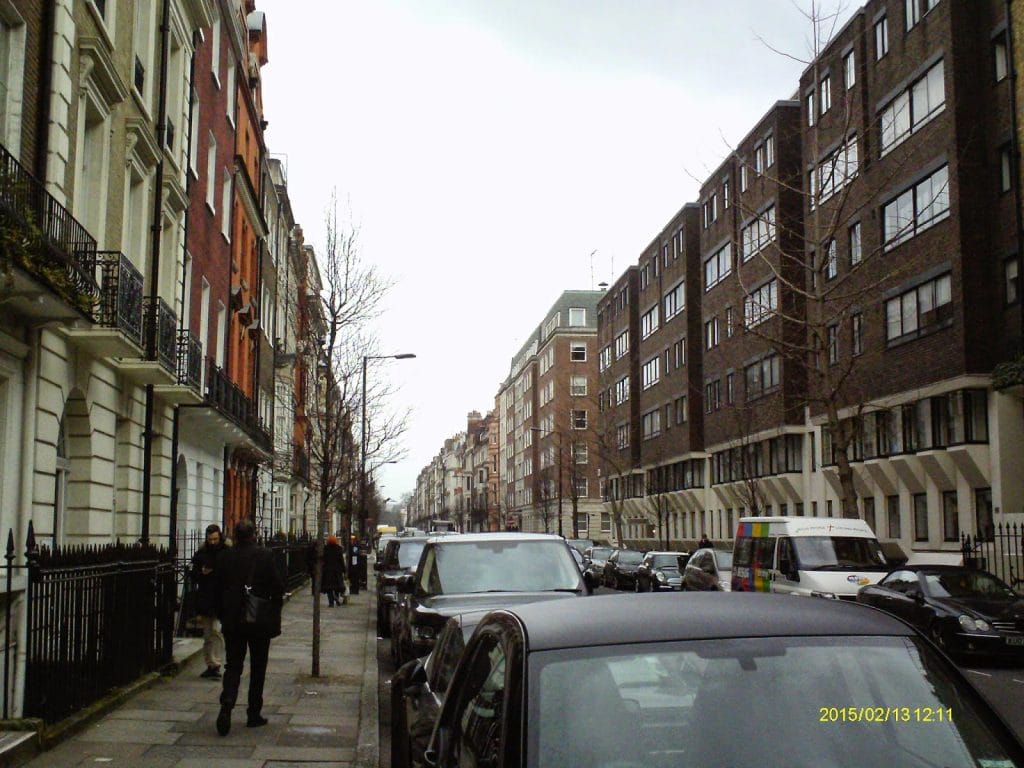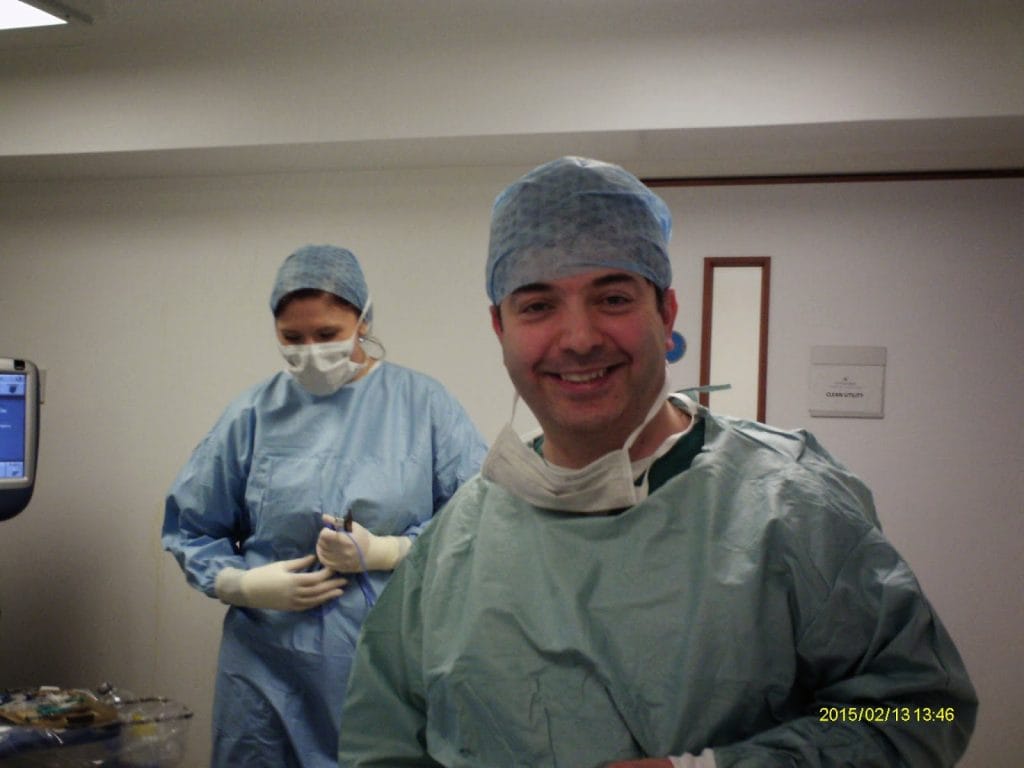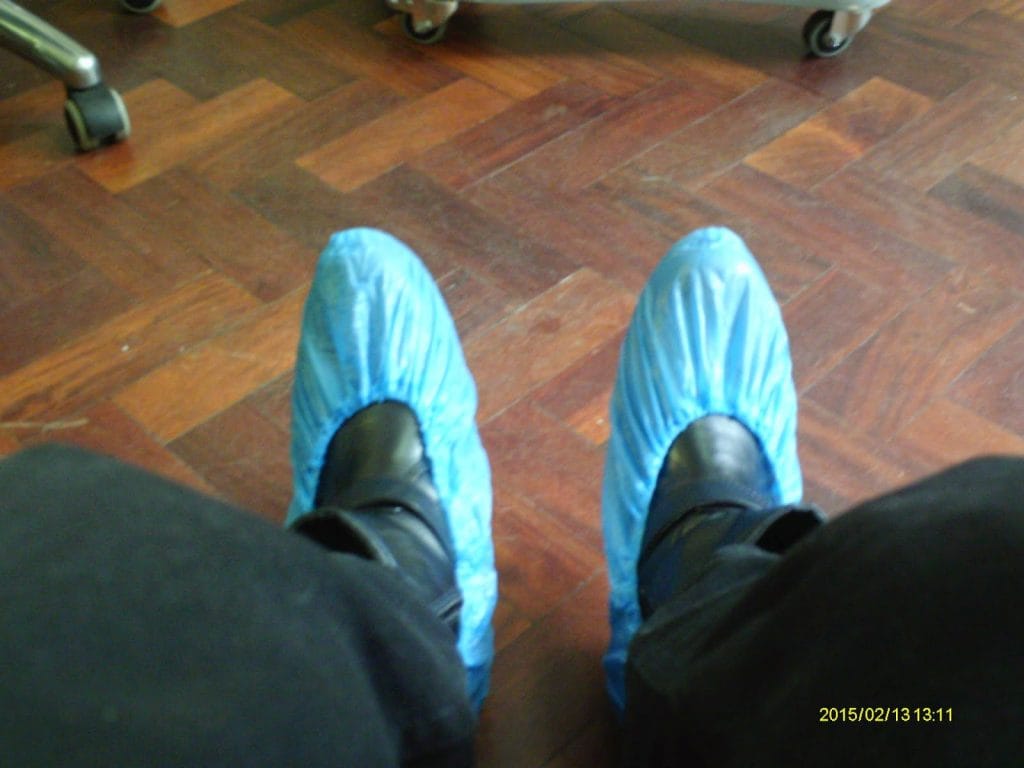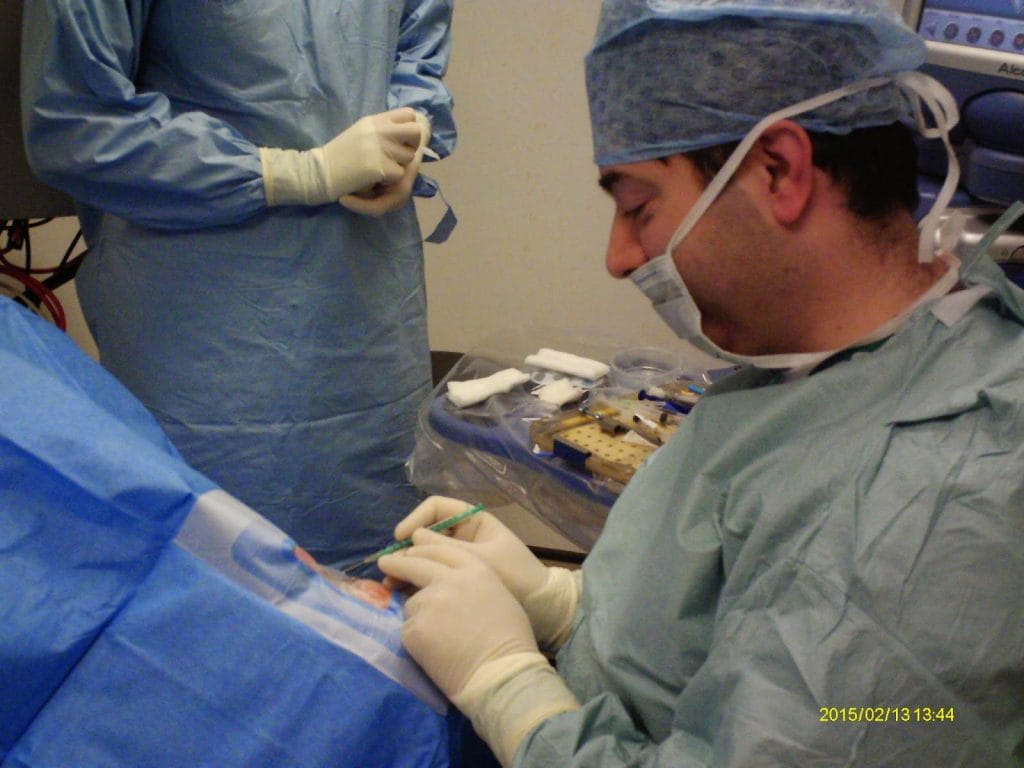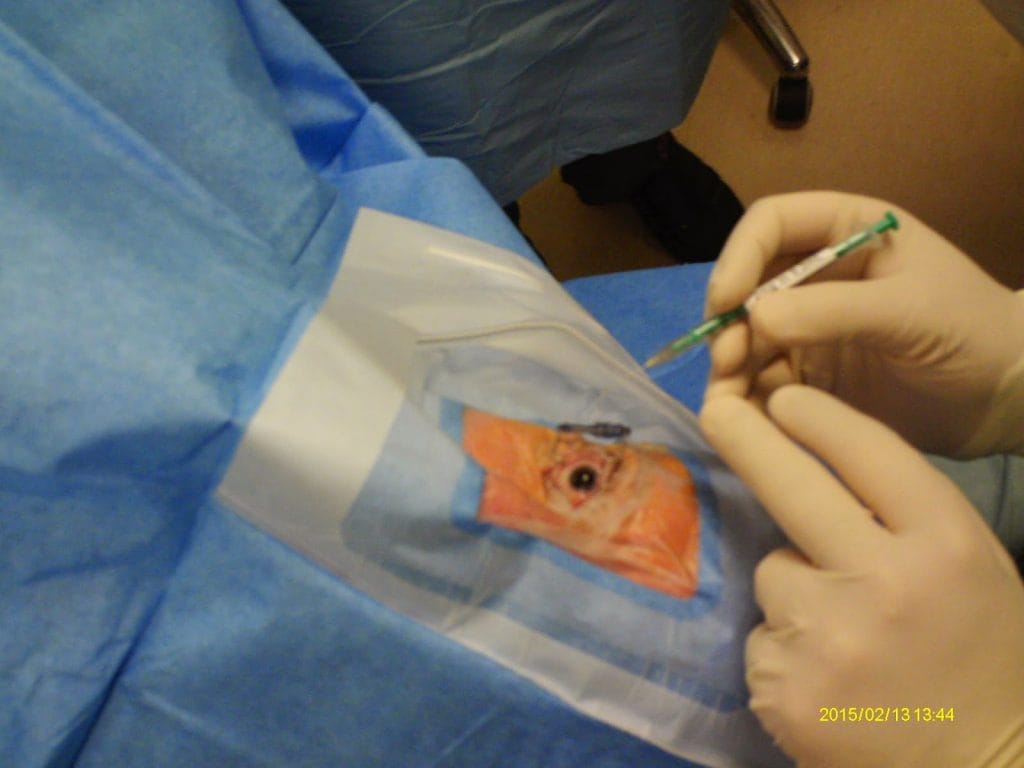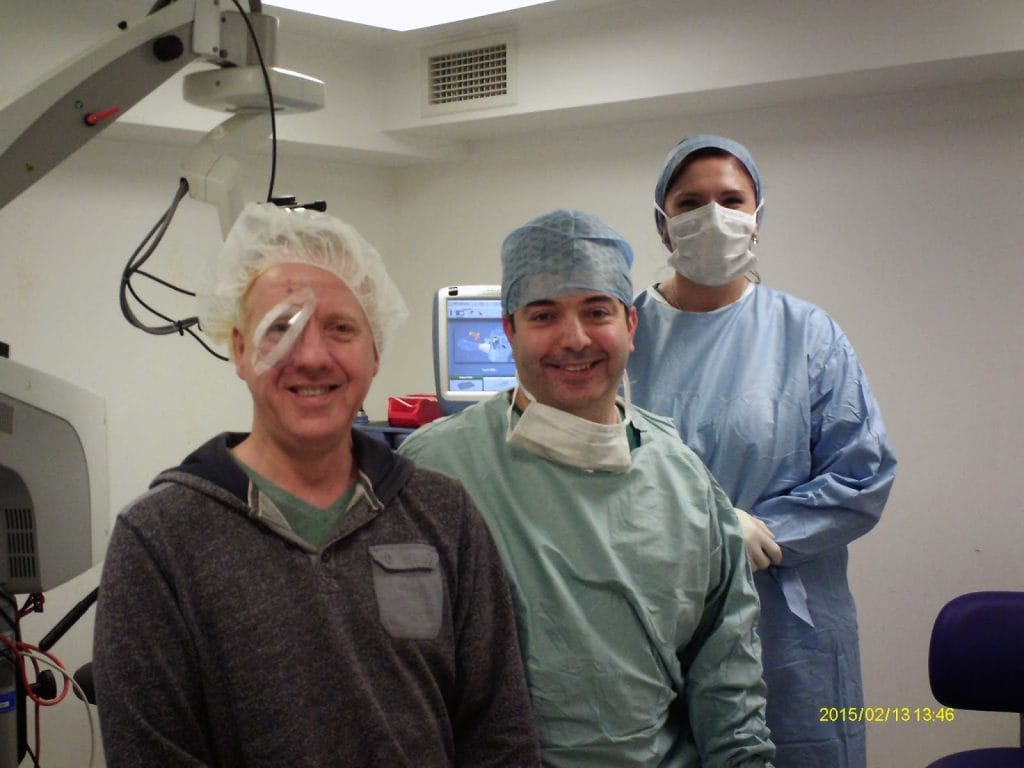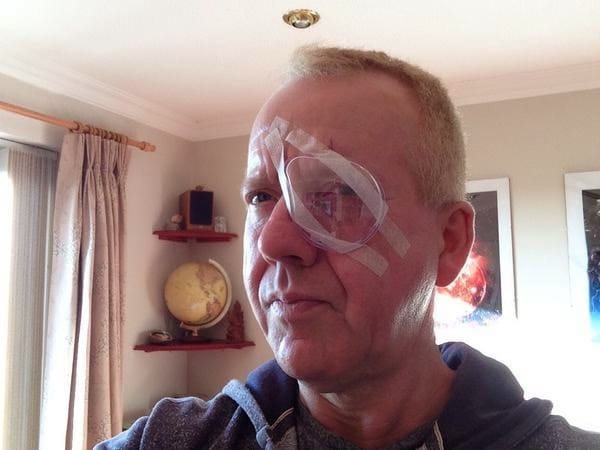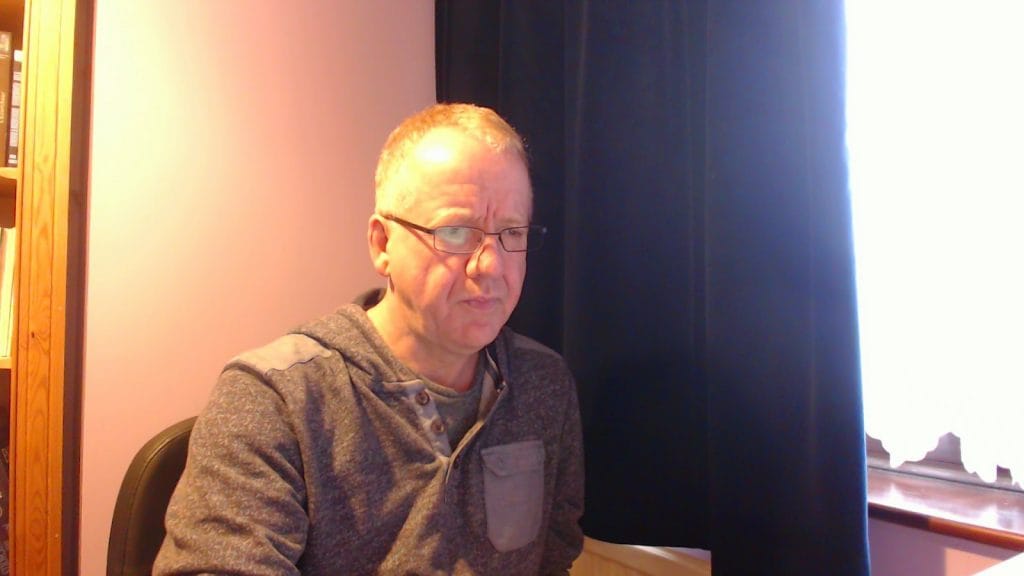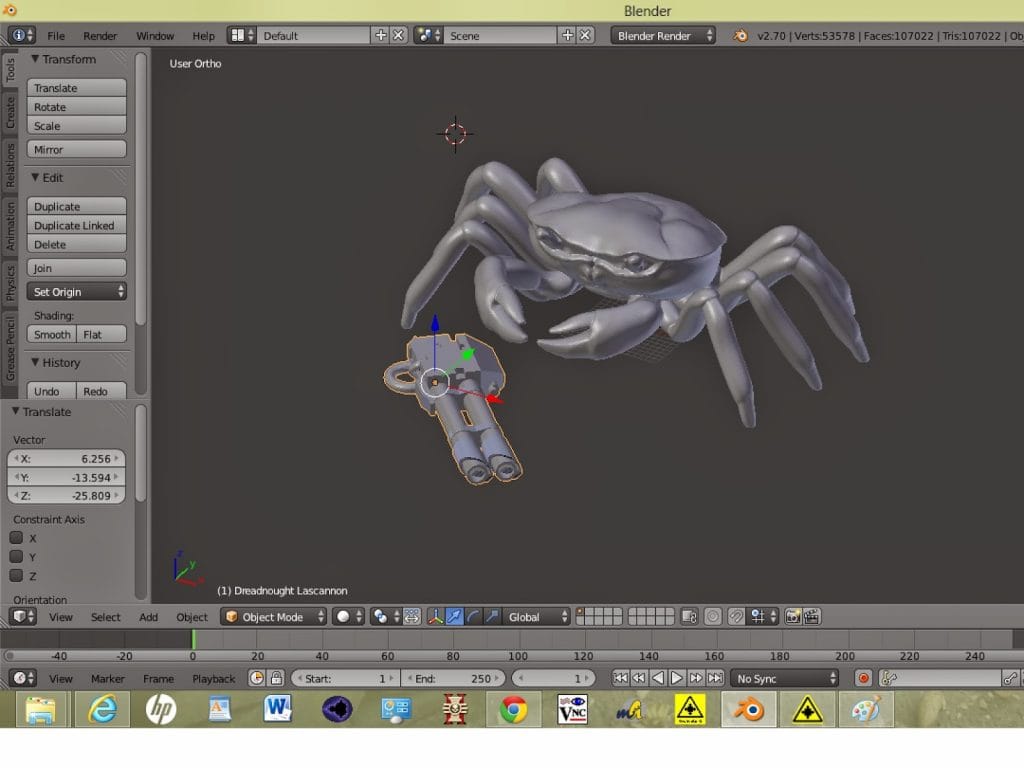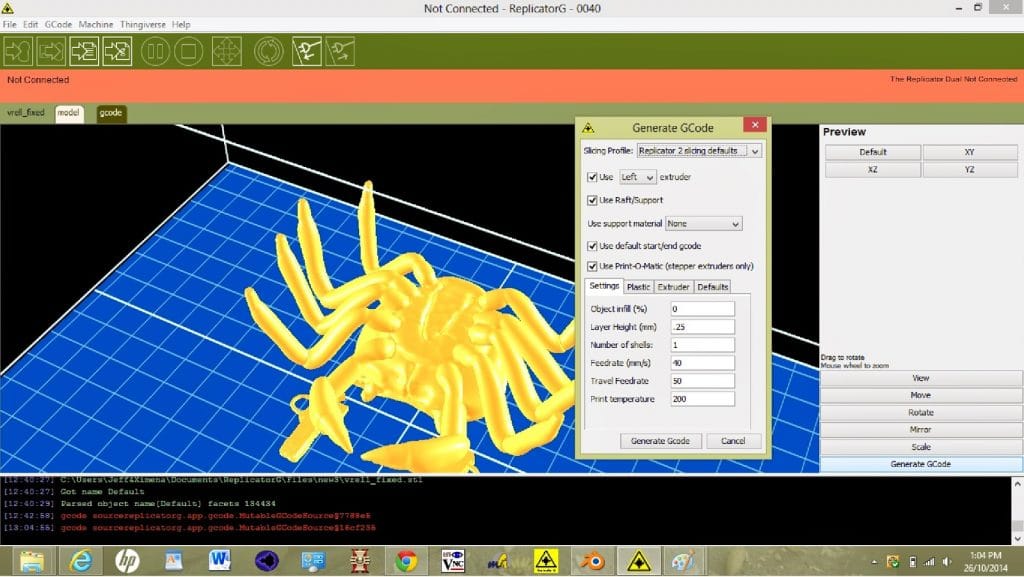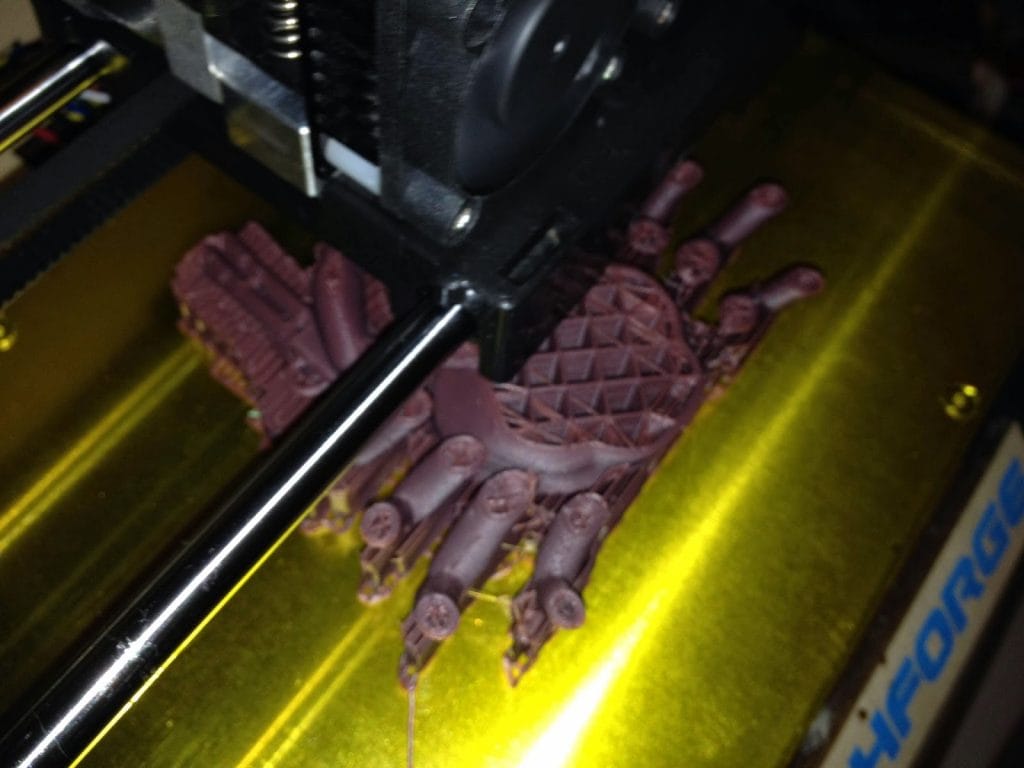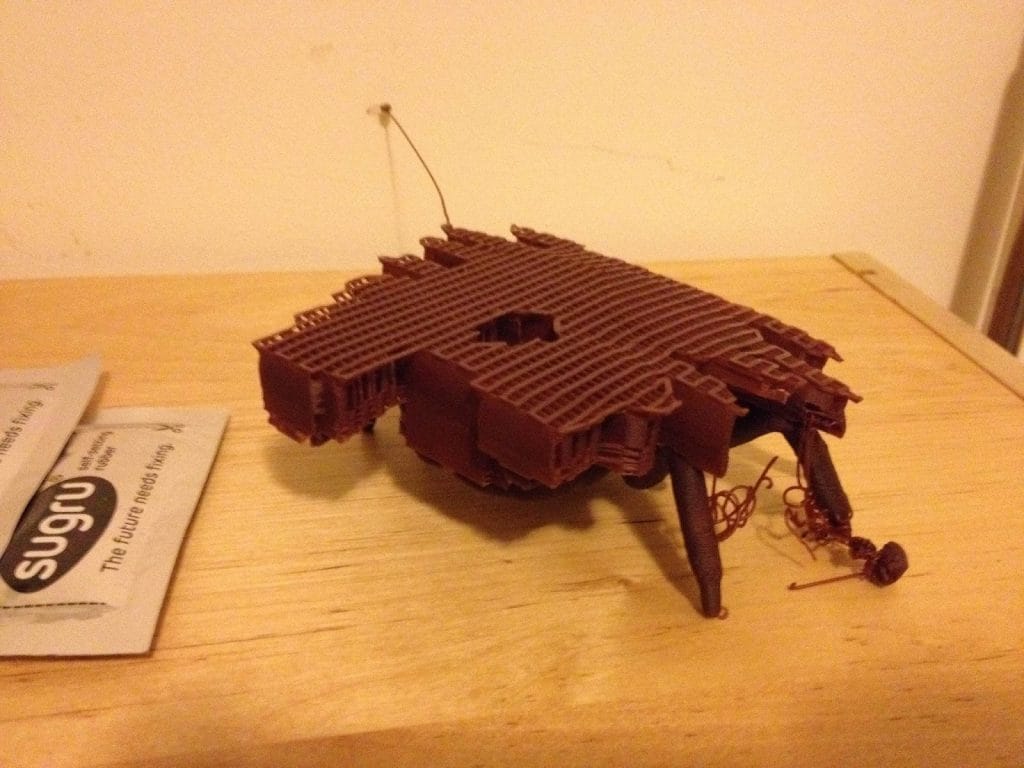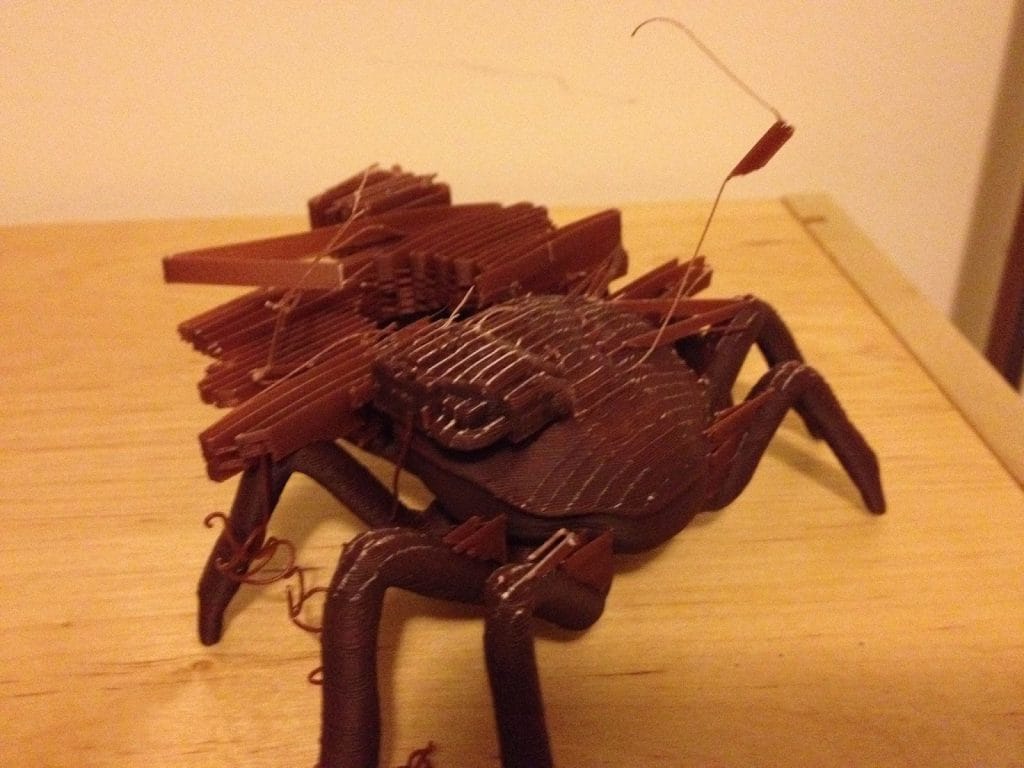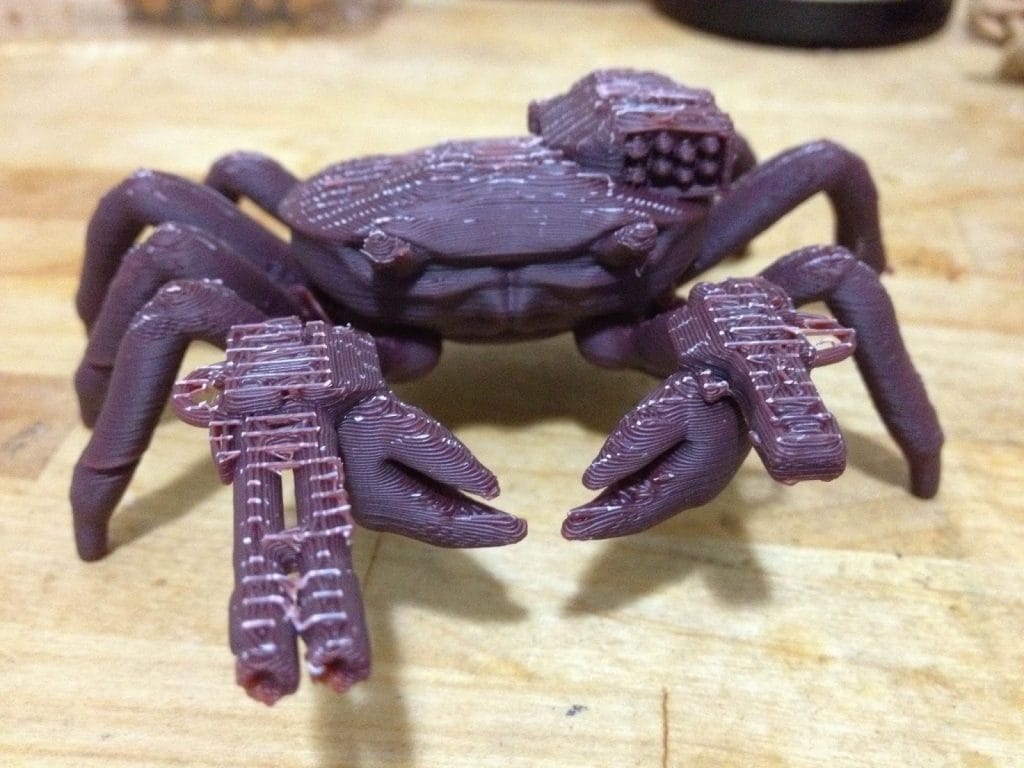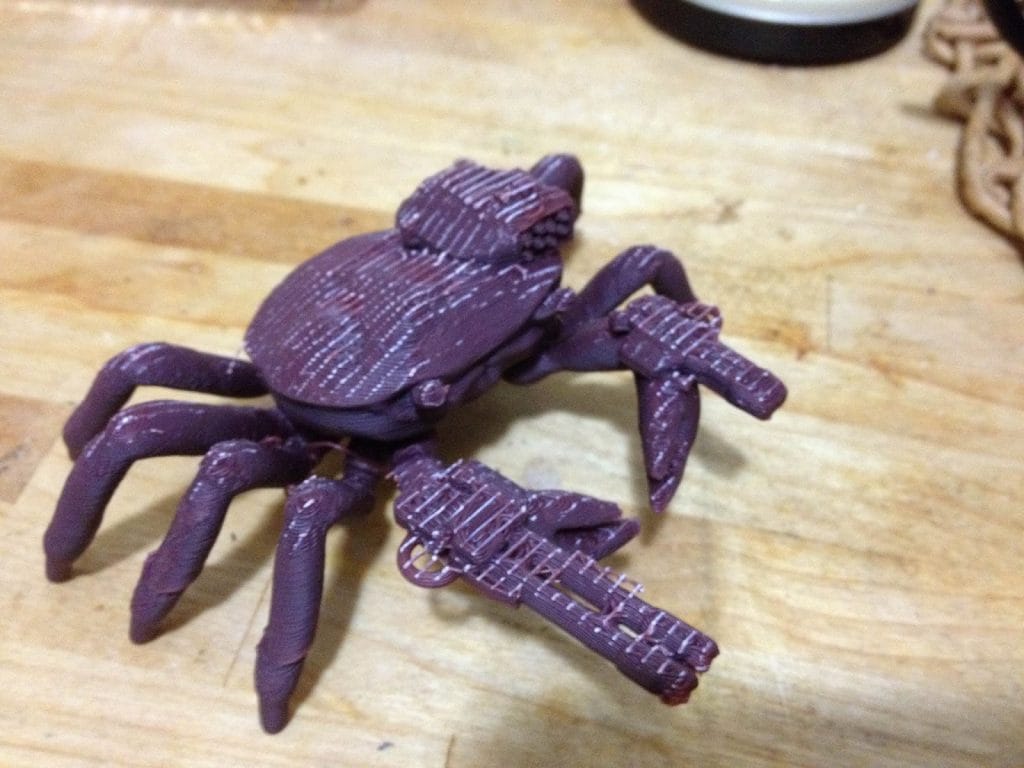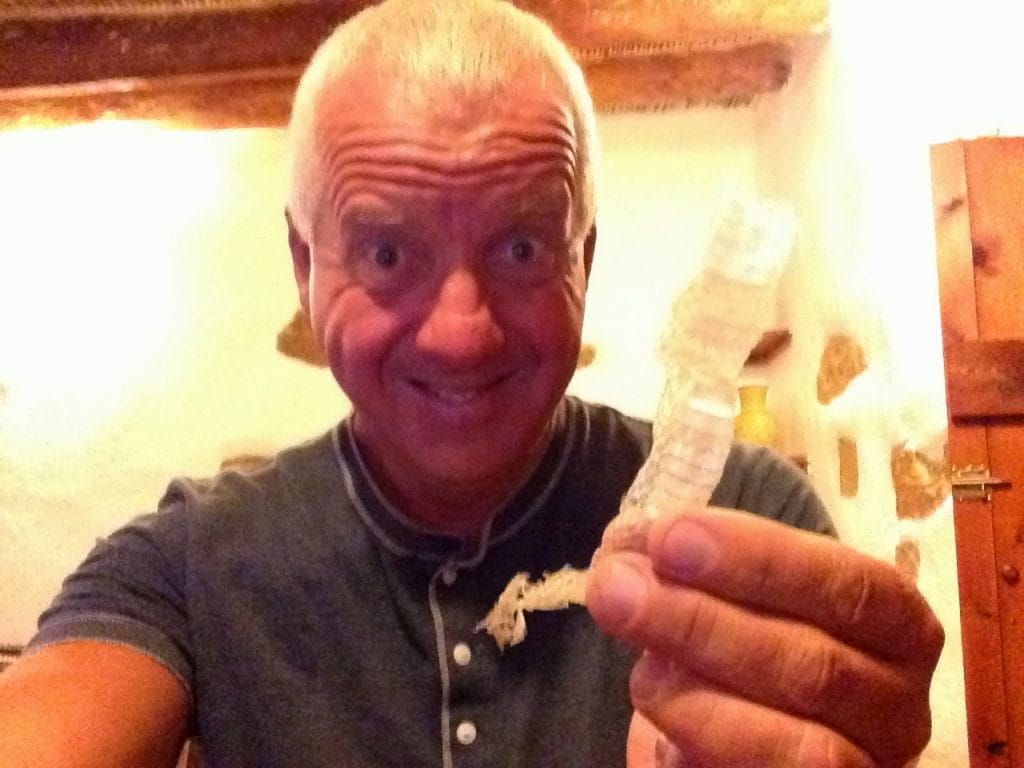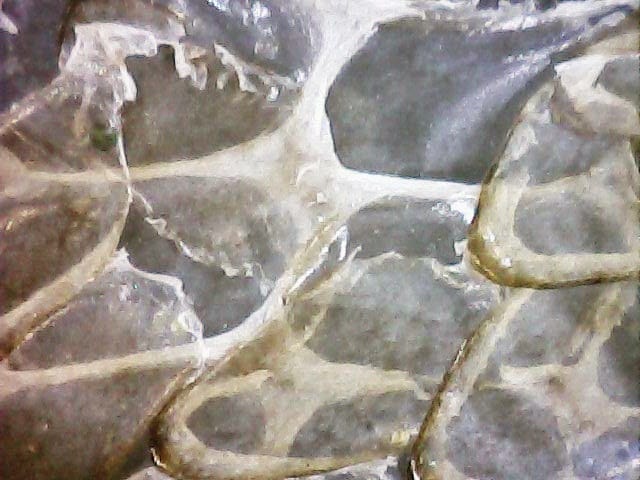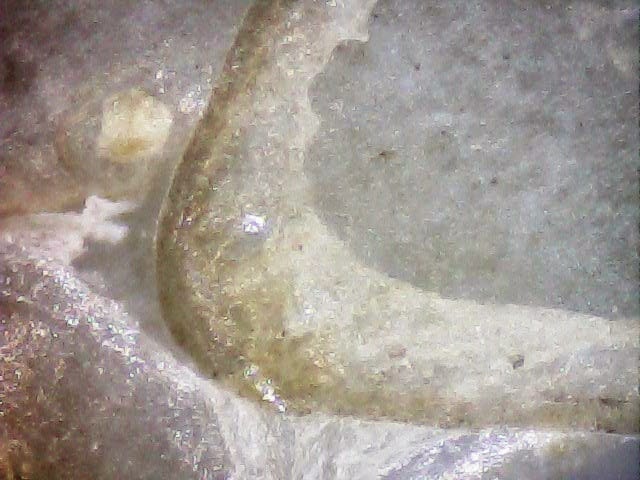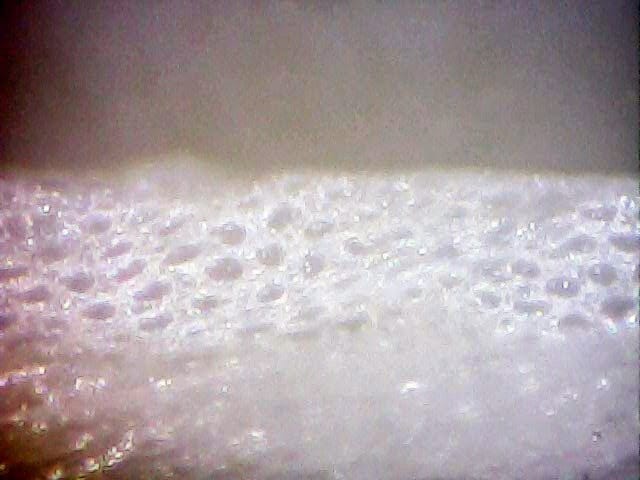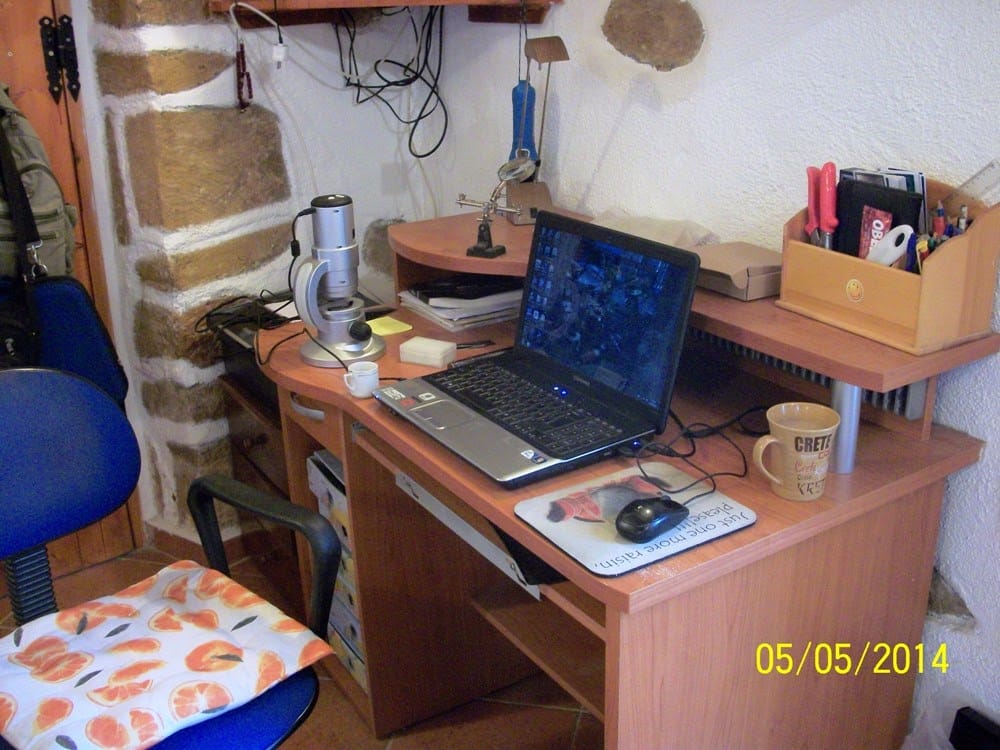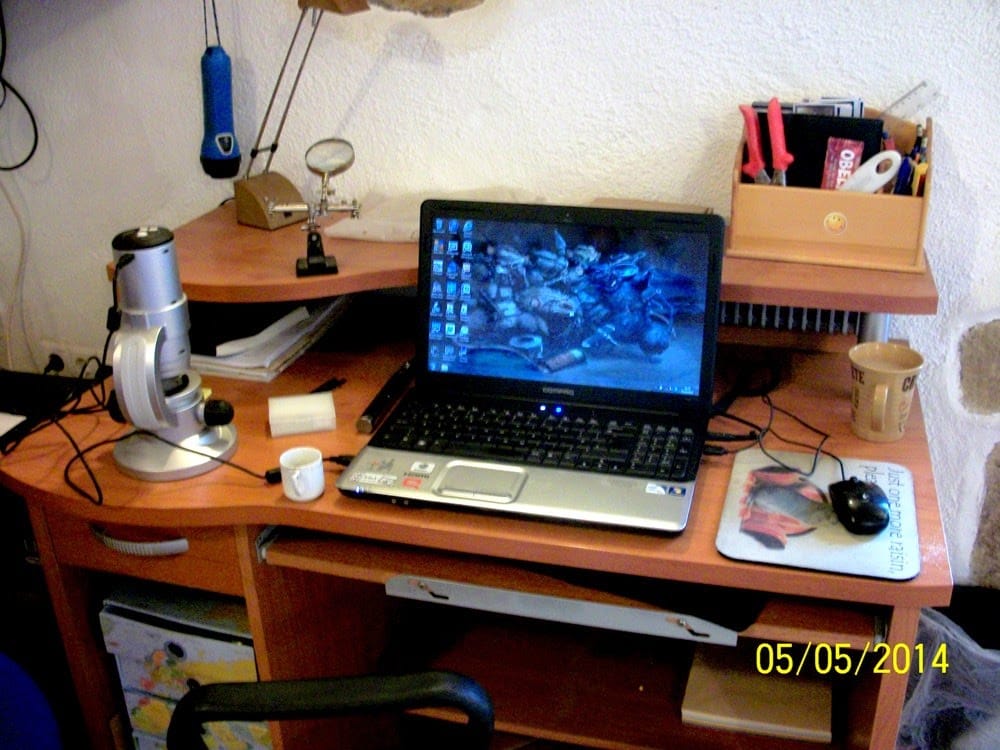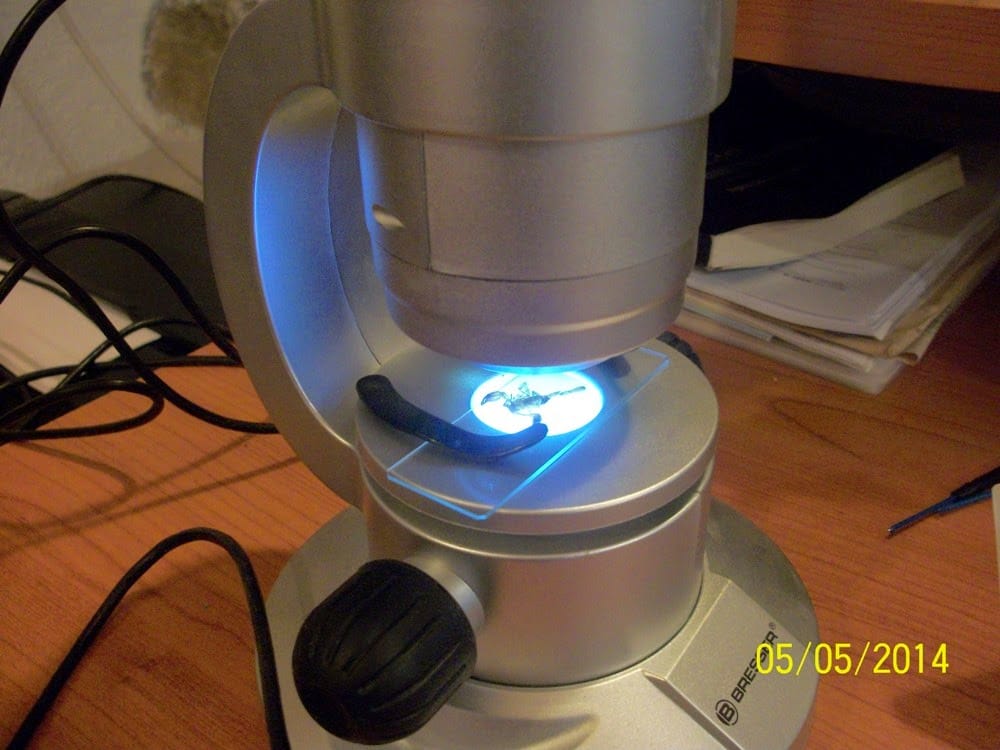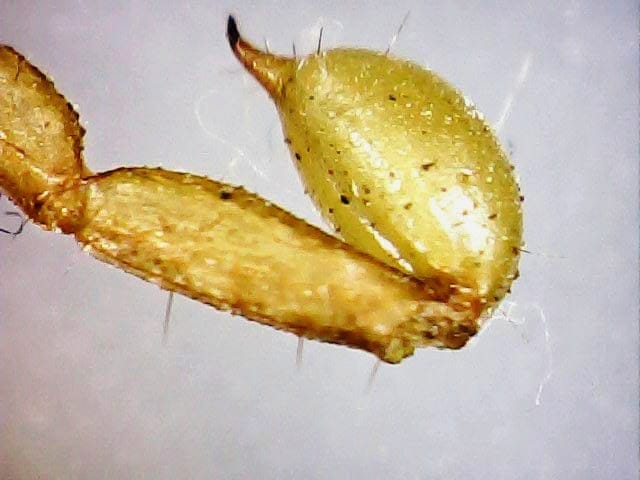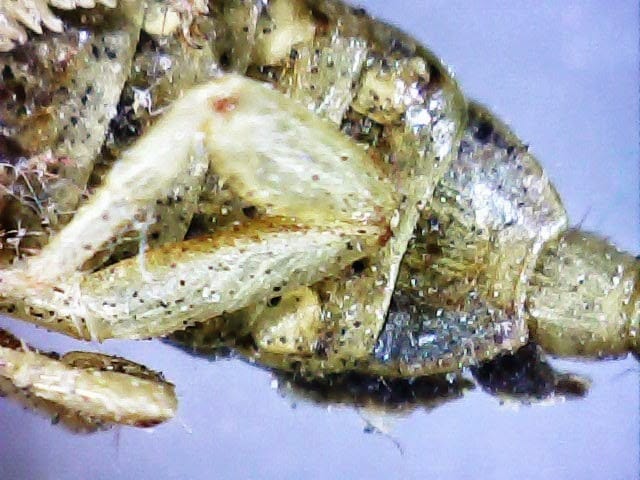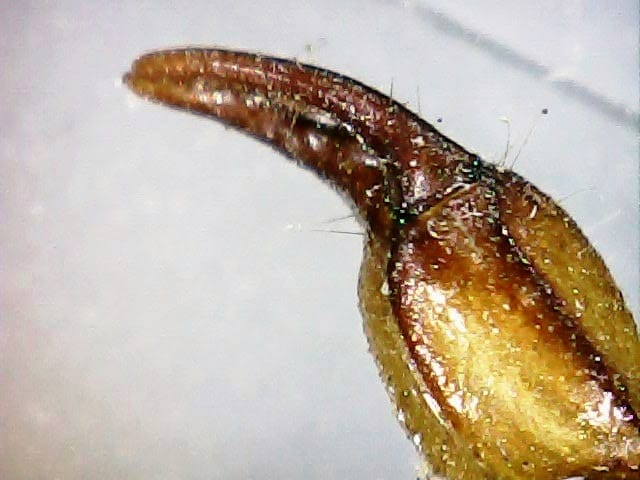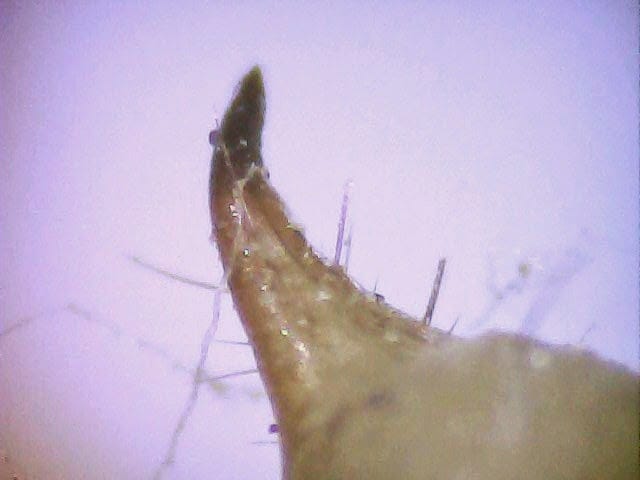The upshot then is that I’m still not sure if this operation was a great idea. However, this might well be due to my own lack of patience. I was hoping for quick good results. My vision has improved but I doubt I can properly judge the success of the operation until a year down the line.
Update On My Eyes
Time for a bit of an update here about my eyes. It has now been over a month since I had refractive lens replacement and the healing process is still on-going. I am sitting here able to read this screen without glasses and I can read printed matter too. There is however, a range to this reading. Text that is at the distance one would normally hold a book is easiest, but double that distance and it is cloudy. My long range vision is good too. When I’m outside looking at stuff I can’t fault my vision but when I’m inside there is a bit of cloudiness for things at about 10 feet, like the time on the DVD player. As with my vision before, the more light the better it is.
At my last check-up it transpires that this cloudiness is likely due to debris in my eyes. After these operations stuff floats about in there and sticks to the lenses. This can be cleared at a later date with a short procedure with a YAG laser. However, they won’t do this until after the healing process, which takes a minimum of 6 weeks. I’ll be in Crete by then so it’ll have to wait until after I get back. This is not a problem since the light out there is much more intense than here and I’m managing fine without glasses anyway.
Also during that last check-up it turned out I was suffering from dry eye which, since they provided me with eye drops, I’ve found out was also a cause of cloudiness in my vision. Apparently dry eyes are also a by-product of healing.
Another problem is halos. If your job were to involve a lot of night-time driving I would not recommend the multifocal lenses I have. Bright lights on a dark background all have a series of concentric rings around them. I get this with small items like the small lights on various electronic devices. I get it round titles on the TV that are on a dark background. And it was especially noticeable during the last leg of my journey back from Chester this weekend – from car headlights when it got dark. Then again, my eyes did not feel tired from the drive and I also wonder if the effect will decrease after the YAG laser and when my eyes are less dry.



